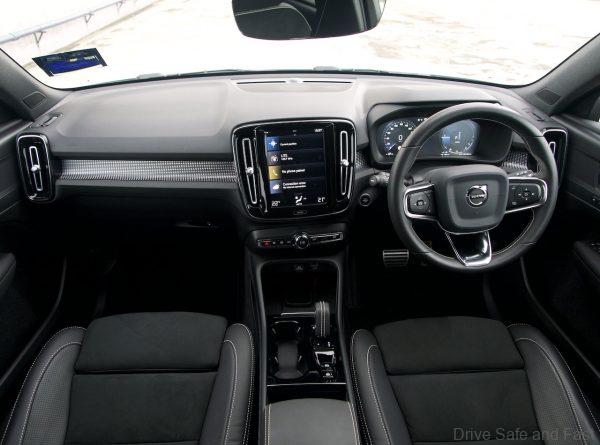They do reduce carbon emissions but being green is more than just that
The number of electric vehicles and public charging stations is rising steadily each year but have you ever wondered where does the electricity to charge the batteries come from?

It depends on the country but in general, electricity is primarily generated from burning fossil fuel resources such as coal and natural gases. In Malaysia, coal made up more than 50% of the fuels burned to generate electricity in 2017, about 43% more than what we needed 20 years ago.

The number is expected to continue increasing. According to this research, coal consumption for electricity generation grows at a rate of 9.7% per year, and is expected to increase substantially to meet the rising demand for energy, which increases by 4.7% per year. Still think your EV is green?
What about the materials used to build electric cars? Like any ICE-powered cars, EVs comprises materials such as metal, plastic, rubber, glasses and so on and so forth. All of these materials need to be sourced and manufactured and naturally at some point throughout the whole process, fossil fuels are burned. BMW and Volvo are ramping up their efforts to sustainable materials but they do not make up the majority of EV manufacturers.

And of course, batteries – one of the most important, if not the most important component in an EV. Most EVs on the market use lithium-ion batteries that contain an anode made of graphite and a cathode made of nickel, manganese, cobalt and other rare earth elements. It is no secret that the sourcing of these materials have been linked to environmental and human rights issues.
Despite these concerns, EVs do really help in reducing carbon emissions. This article by Teslarati says that according to Tesla China, over 500,000 Tesla owners in the country helped accumulate 3.72 billion km of mileage over the first 11 months of 2021, which is equivalent to “about 59 journeys between the Earth and Mars when the Red Planet is at its closest.”

The writer goes on to say that the accumulated distance helped bring down carbon emissions by 855,878 tons or equivalent to “the weight of more than eight Gerald R Ford Class aircraft carriers” in that time span.
These numbers are undoubtedly impressive but are they enough to counteract the emissions produced by generating electricity for the public charging stations and sourcing of the aforementioned raw materials? Our guess is as good as yours.